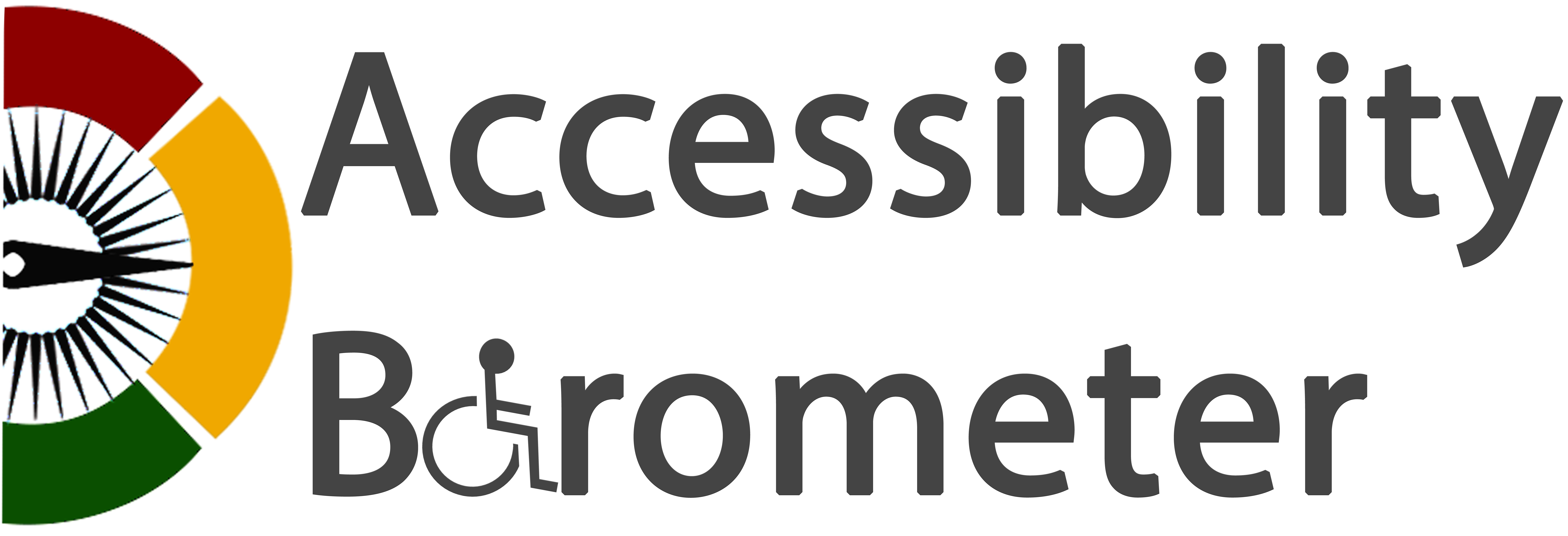Contents
- Understanding Hearing Loss
- Low-Tech Assistive Technologies
- High-Tech Assistive Technologies
- Software-Based Assistive Technologies
- Assistive Technologies for Public Spaces
- Future Innovations in Hearing Technology
- Selecting the Right Assistive Technology
- Conclusion
- Sources
Understanding Hearing Loss
- Conductive Hearing Loss – Caused by blockages or damage to the outer or middle ear.
- Sensorineural Hearing Loss – A result of inner ear or nerve damage, often permanent.
- Mixed Hearing Loss – A combination of conductive and sensorineural loss.
- Profound Deafness – Little to no hearing ability, requiring non-auditory communication methods.
Assistive technologies (AT) help address these challenges by amplifying sounds, converting speech to text, or facilitating alternative communication methods.
Low-Tech Assistive Technologies
Low-tech AT includes simple, non-electronic solutions that assist individuals with hearing impairments.
- Visual and Vibrating Alerts – Doorbells, alarm clocks, and smoke detectors with flashing lights or vibrations alert users to important events [1].
- Written Communication Tools – Notebooks, whiteboards, and communication cards facilitate interaction for individuals with severe hearing loss [2].
- Lip Reading and Sign Language Resources – Educational materials, books, and online courses help individuals improve their visual communication skills [3].

Source:
High-Tech Assistive Technologies
Advanced electronic devices enhance auditory accessibility for individuals with hearing loss.
- Hearing Aids – Small electronic devices that amplify sound for individuals with mild to severe hearing loss [4].
- Cochlear Implants – Surgically implanted devices that bypass damaged parts of the ear and directly stimulate the auditory nerve [5].
- Bone Conduction Headphones – Devices that transmit sound vibrations through the skull to the inner ear, benefiting individuals with conductive hearing loss [6].

Source:
Software-Based Assistive Technologies
Digital solutions provide real-time communication support for individuals with hearing impairments.
- Live Captioning and Subtitling – AI-powered tools such as Google Live Transcribe and Otter.ai provide real-time text captions for conversations [7].
- Video Relay Services (VRS) – Services that allow deaf individuals to communicate with hearing people via sign language interpreters in video calls [8].
- Speech-to-Text Apps – Mobile applications that convert spoken language into written text, improving accessibility in various settings [9].

Source:
Assistive Technologies for Public Spaces
Accessibility extends beyond personal devices, improving public and workplace environments.
- Induction Loop Systems (Hearing Loops) – Installed in theaters, churches, and public spaces to wirelessly transmit audio to hearing aids [10].
- FM and Infrared Systems – Wireless systems used in classrooms and conference settings to amplify sound for hearing-impaired individuals [11].
- Accessible Emergency Alerts – Public emergency systems that integrate text alerts, flashing lights, and vibration-based notifications [12].

Source:
Future Innovations in Hearing Technology
Emerging technologies continue to improve accessibility and communication for individuals with hearing impairments.
- AI-Powered Sound Enhancement – Machine learning algorithms optimize audio clarity for hearing aid users in noisy environments [13].
- Brain-Computer Interfaces (BCI) – Experimental research explores neural implants that directly interpret sound for profoundly deaf individuals [14].
- Smart Glasses with Live Captions – Augmented reality (AR) devices that display real-time speech-to-text subtitles on the user’s lenses [15].

Source:
Selecting the Right Assistive Technology
Choosing the best AT depends on individual needs, severity of hearing loss, and daily activities. Audiologists, hearing specialists, and accessibility experts can provide guidance in selecting the most effective solutions [2].

Source:
Conclusion
Sources
- National Institutes of Health – Assistive Devices for People with Hearing or Speech Disorders
- World Health Organization – Hearing Loss Prevention and Accessibility
- MIT – Sign Language Learning Resources
- American Speech-Language-Hearing Association – Hearing Aids
- National Institute on Deafness and Other Communication Disorders – Cochlear Implants
- ScienceDirect – Systematic and audiological indication criteria for bone conduction devices and active middle ear
- Google Support – Live Transcribe and Sound Notifications
- Federal Communications Commission – Video Relay Services
- Apple Support – iPhone Live Captions
- Hearing Link – What is a hearing loop?
- ResearchGate – Speech Perception Benefits of FM and Infrared Devices to Children With Hearing Aids in a Typical Classroom
- Rapid Interactive Disability Management – Accessible emergency alerts
- AIFWD – AI & Hearing Aids
- Google Scholar – An auditory brain–computer interface (BCI) – PDF
- Nicole Brener – Smart Glasses for Hearing Loss I
